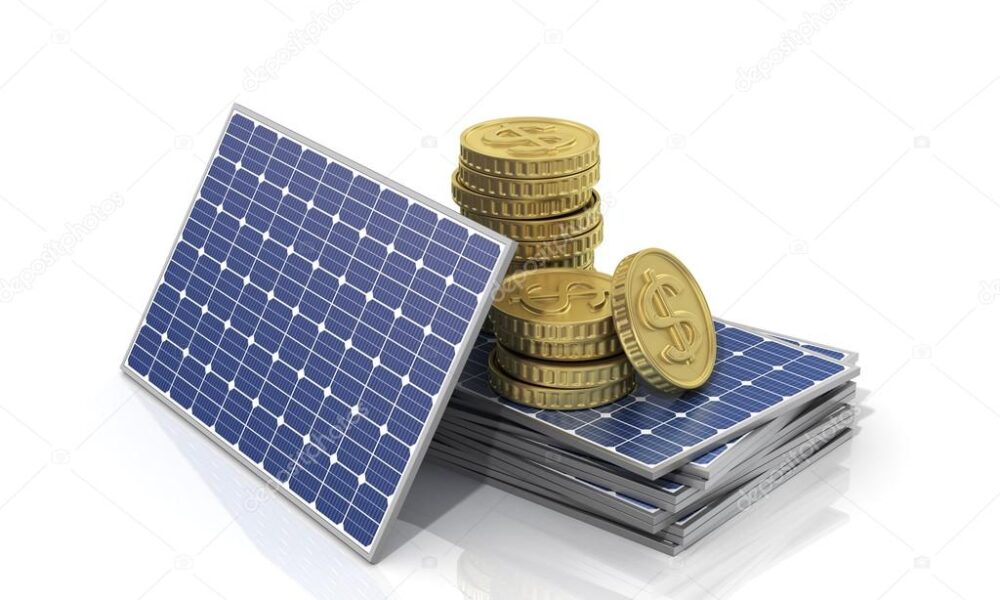Solar Panel Prices Vs. Electricity Bills: How Solar Saves You Money In 2025

Why pay for power when the sun is free?
If you have been side-eyeing your electricity bill lately, you are not alone. Tariffs in India seem to creep up every year a bit like rent in big cities, except your landlord is not sending you power during a blackout.
Here is the thing: sunlight is free. And we are blessed with it. There are almost 300 sunny days a year in many parts of India. But you need to spend some amount for the kickstart of turning those rays into actual savings. All it takes is –
- Planning
- High-quality material
- A trustworthy installer
So, for that, we need to know the expenses that will go into the process to actually figure out how much we can save. Read on to know it all.
Solar in India Currently
Over 20% per year is the growth that India sees in rooftop solar capacity. The things that promote this rise are –
- Falling solar panel price
- Rising electricity tariffs
- Generous government incentives
Residential consumers in states like Gujarat, Kerala, and Rajasthan are leading the charge.
The key driver is cost parity. In many cities, solar electricity is now cheaper per unit than grid power, even before subsidies.
The Big Picture: Why 2025 is the Best Time to Go Solar
Why the rush? Because the stars — or rather, the sun and the market — have aligned:
- Lower solar prices – Solar panel prices have dropped by over 70% in the last decade.
- Better incentives – Government subsidies are making installations far more affordable.
- Higher tariffs – In some states, domestic electricity rates have jumped 8–12% in just two years.
- Net metering – You can now sell excess electricity back to the grid in most states.
If you have been thinking about going solar, this is the sweet spot between low costs and high returns.
Solar System Costs in 2025 – The Real Numbers
Here’s what you’re looking at for residential rooftop solar in India (including installation):
| System Size | Cost Range (₹) | Price per kW (₹) | Suitable For |
| 3 kW | 1.8–2.4 lakhs | 60,000–80,000 | Small families |
| 5 kW | 4–6 lakhs | 80,000–1,20,000 | Medium households |
| 10 kW | 5.7–6.4 lakhs | 57,000–64,000 | Large homes/bungalows |
Note: Solar panel prices vary between metro cities like Mumbai or Delhi and smaller towns due to labour, transportation, and local installer rates.
Subsidy impact example: A 3 kW system at ₹2 lakh can drop to just ₹1.2 lakh after the 40% subsidy.
Electricity Bills Before and After Solar
Here’s where things get exciting and your wallet gets heavier.
| System Size | Monthly Bill Before (₹) | Monthly Bill After (₹) | Savings (%) |
| 3 kW | 3,500–4,500 | 500–1,000 | 70–80% |
| 5 kW | 6,000–8,000 | 500–1,000 | 80–90% |
| 10 kW | 10,000+ | 0–1,000 | 90–100% |
Example: A 10 kW system in Bhopal could save you around ₹1.4 lakh a year. Over 25 years, that is ₹35 lakhs, and that is without even accounting for tariff hikes.
The Government Is Helping Too
The PM Surya Ghar Muft Bijli Yojana offers subsidies that can slash your upfront cost:
- Up to 40% subsidy for systems up to 3 kW
- 20% subsidy for systems between 3 kW and 10 kW
Some states like Gujarat, Kerala, and Rajasthan offer extra incentives. For a 10 kW system, subsidies can cut costs by as much as ₹78,000.
How to claim:
- Visit your state’s DISCOM or MNRE website.
- Apply online with ID proof, address proof, and a recent electricity bill.
- Wait for approval before starting installation.
Net Metering – Your Secret Weapon Against Big Bills
Net metering is like a swap shop for electricity.
Example: In April, your panels produce more than you use. That extra electricity is sent to the grid, and you earn credits. In July, when monsoon clouds reduce output, you use those credits instead of paying cash.
Benefits:
- Cut or eliminate monthly bills
- Reduce reliance on the grid
- Help stabilise the local power supply
Tip: Net metering rules differ by state, so check your DISCOM’s policy.
Payback Period – When Do You Break Even?
Most Indian homes see a 3–6 year payback period. After that, you are basically getting free power for the remaining 20+ years of your system’s life.
Factors that affect payback:
- City’s average sunlight hours
- Local electricity tariffs
- System size and installation cost
- Use of subsidies and net metering credits
Real-Life Scenarios – What the Maths Looks Like
Example 1 – Mumbai Home (5 kW)
- Cost: ₹5 lakhs
- Savings: ₹3,000/month
- Payback: ~3 years
Example 2 – Small City in UP (5 kW)
- Cost: ₹4.5 lakhs
- Savings: ₹1,500/month
- Payback: ~4 years
Seasonal Performance and Maintenance Tips
Panels show different outcomes in different seasons.
- In summer, the solar panels hit peak efficiency. But it can lose a little output in extreme heat. So, choose panels with a low temperature coefficient.
- Monsoon causes the output to drop. But the panels still work with diffused sunlight. So, you keep the drains clear to avoid water pooling.
- In winter, the crisp sunlight boosts efficiency. So, just ensure that your panels are dust-free.
Have this maintenance checklist:
- Rinse panels every 2–3 weeks in dry months.
- Annual inspection for wiring, mounting, and inverter performance.
- Check for shading from new constructions or trees.
Bonus Perks Beyond the Bill
- Higher property value: Solar-equipped homes are more attractive to buyers
- Low maintenance: Minimal cleaning and yearly checks
- Tariff immunity: No stress over rising electricity rates
- Eco brownie points: Lower your carbon footprint
Common Myths to Stop Believing
- “Solar is too expensive” – Prices have dropped massively, plus subsidies exist.
- “It does not work on cloudy days” – It does, with slightly reduced output.
- “It is hard to maintain” – Maintenance is simple and cheap.
- “Panels damage roofs” – Professional installations protect your roof, not harm it
Final Word
Solar in 2025 is not just for eco-warriors or tech enthusiasts; it is for anyone tired of unpredictable bills.
If you own your rooftop, the maths makes sense. Compare quotes, check subsidy eligibility, and start the journey.
Because why let the sun just burn your skin when it can also burn your bills?

Source: Solar Panel Prices Vs. Electricity Bills: How Solar Saves You Money In 2025




